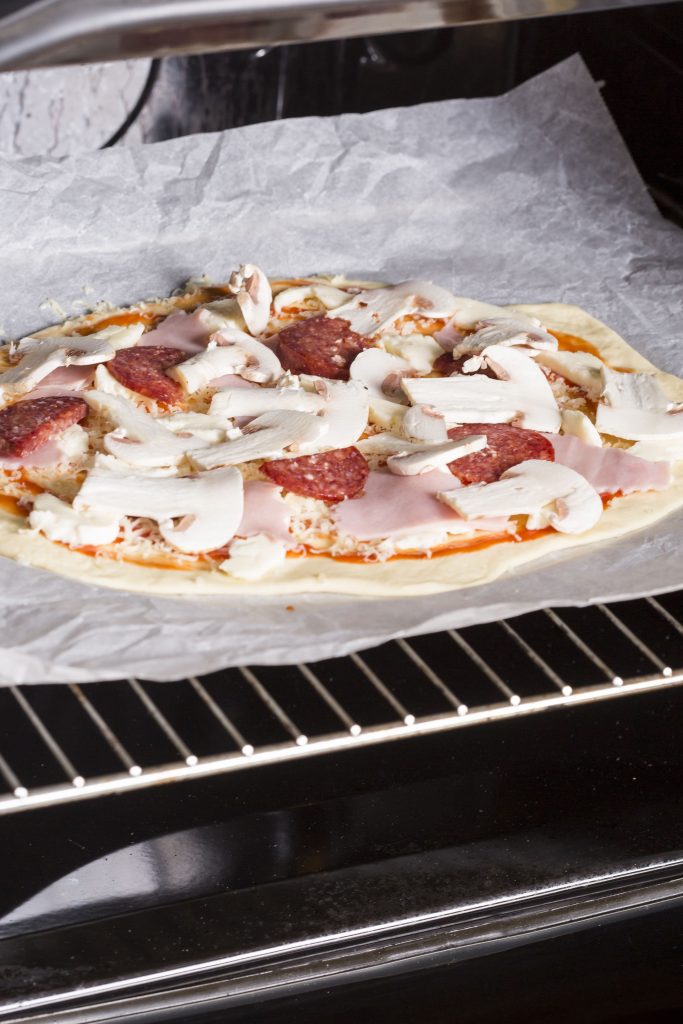
Picking between a deck oven and a convection oven? That’s a decision that goes way beyond just specs or numbers. It’s about the kind of food you’re making, the pace your kitchen runs at, and honestly — how much control you want over what comes out of that oven door.
You’ve probably heard the arguments already. Some swear by the old-school charm and rock-solid results of deck ovens. Others love the no-fuss speed and consistency convection models offer. Both sides have a point.
But before you add another piece of kitchen equipment to your setup, it’s worth getting the real story on what sets these two apart.
So What Actually Happens Inside These Ovens?
Let’s break down the mechanics without turning it into a science class.
A convection oven has a fan that pushes hot air around, meaning your food cooks evenly and — here’s the kicker — faster. This is great if you’re baking lots of trays or roasting big batches of food. You save time, and time is everything when you’ve got a packed service.
On the flip side, a deck oven doesn’t have that air movement. Heat comes from thick stone or metal surfaces, often from both above and below. That steady, radiant heat makes it a dream for baking bread, pizza, or anything where the crust is the star.
In short:
- Convection oven = Speed and uniformity.
- Deck oven = Texture and tradition.
When Each Oven Type Really Shines
It’s not about one being better than the other. It’s about the job they’re meant to do. If you’ve got a pastry menu that demands flakiness and fast output, convection is probably your best friend.
But let’s say you run a pizzeria or bake artisan sourdough every morning. In that case, a deck oven’s solid heat base will give you that chewy, blistered crust every time — no rotating trays, no flipping mid-bake.
Here’s a quick guide:
- Use convection ovens when you’re:
- Baking in high volume
- Working with puff pastry, cookies, or roasted meats
- Pushing for quicker service
- Use deck ovens when you’re:
- Making pizza, flatbreads, or rustic loaves
- Chasing that old-world bake quality
- Okay with slower but more controlled cooking
Why the Difference Actually Matters in Your Kitchen
It’s easy to think an oven is just an oven. But that logic doesn’t hold when you’re cranking out food all day. The difference between a regular oven and a convection oven can make or break the texture of your dishes. The same goes for how a deck oven compares.
In my experience, people underestimate how much your kitchen depends on rhythm — and ovens set that tempo. Miss it, and you’re playing catch-up all shift.
This isn’t just about heat; it’s about how that heat moves, how your dough rises, how your roast browns. That’s why professional kitchens often end up using both. Each fills in the gaps the other leaves behind.
Final Thoughts: Pick What Works, Not What’s Popular
If someone’s trying to sell you a convection oven because it’s “modern” or more efficient, ask them what you’re sacrificing. Likewise, don’t get stuck thinking deck ovens are just for old-school bakers. They’re built for control — something you can’t always get from fan-driven heat.
This decision deserves more than a quick search or a sales pitch. Think about the flow of your kitchen, what you’re serving, and how much you want to tweak each bake. That’s how you choose the oven that actually works.
And if you’re building out new kitchen equipment, do yourself a favor — test both. You’ll feel the difference long before you see it.